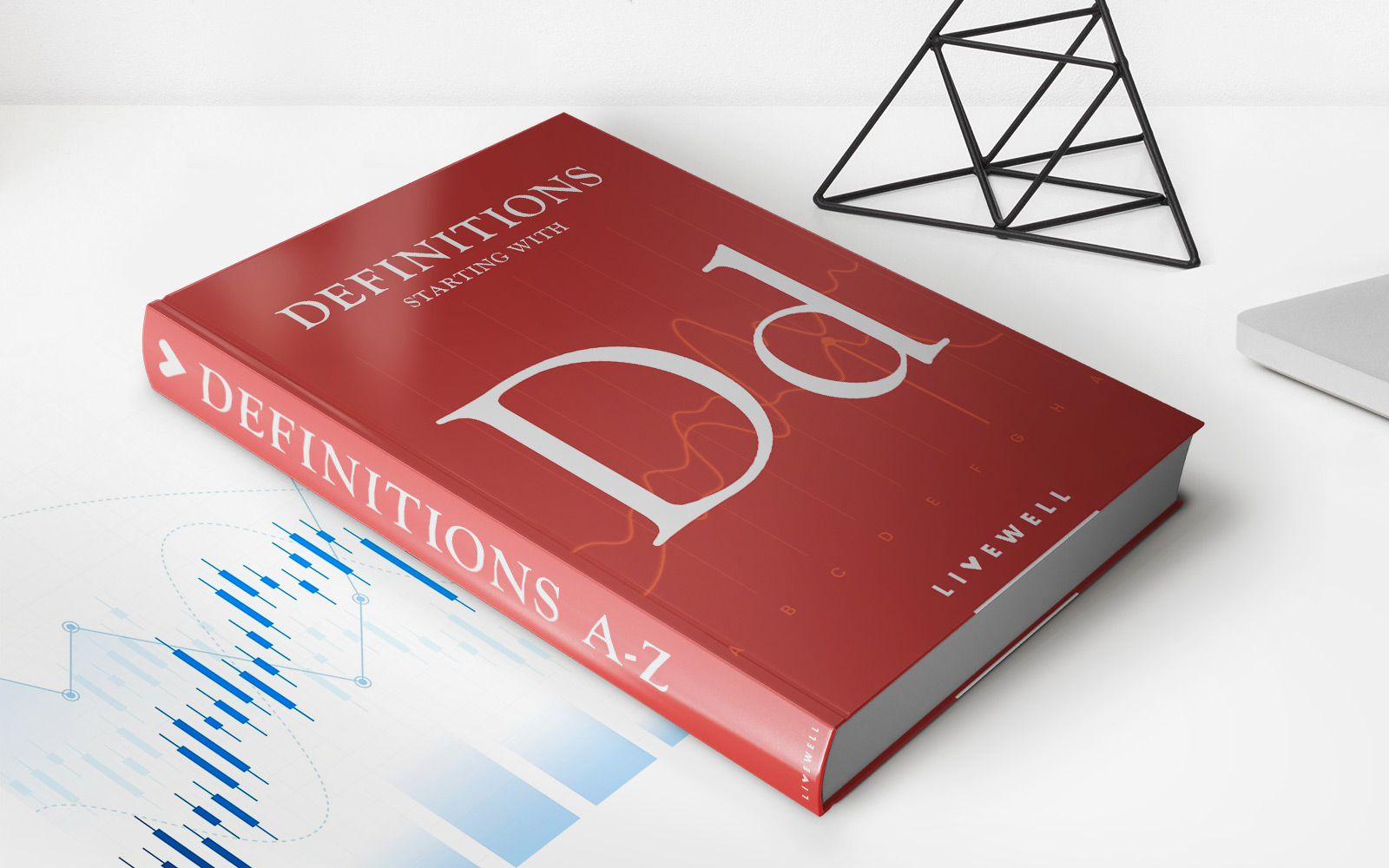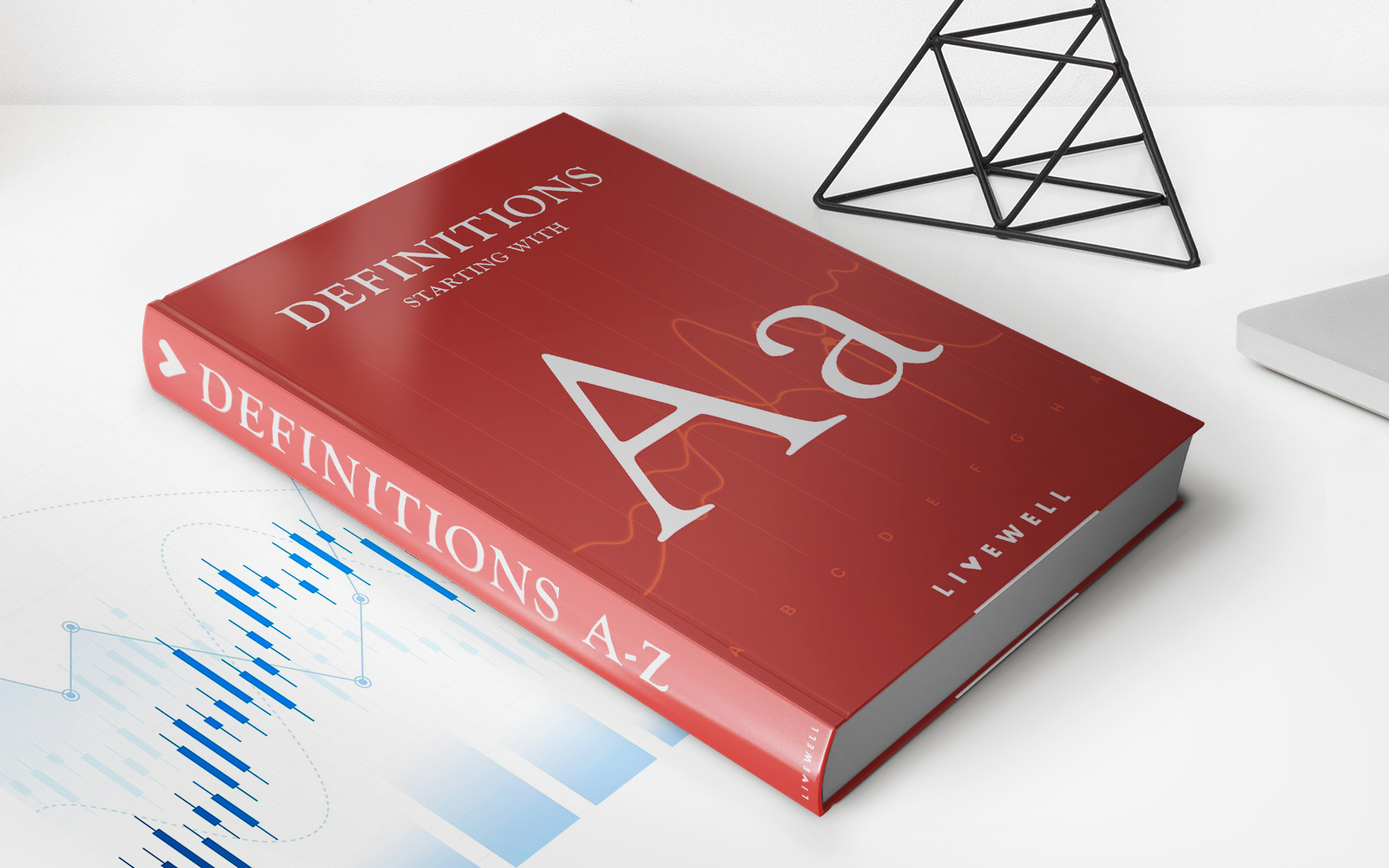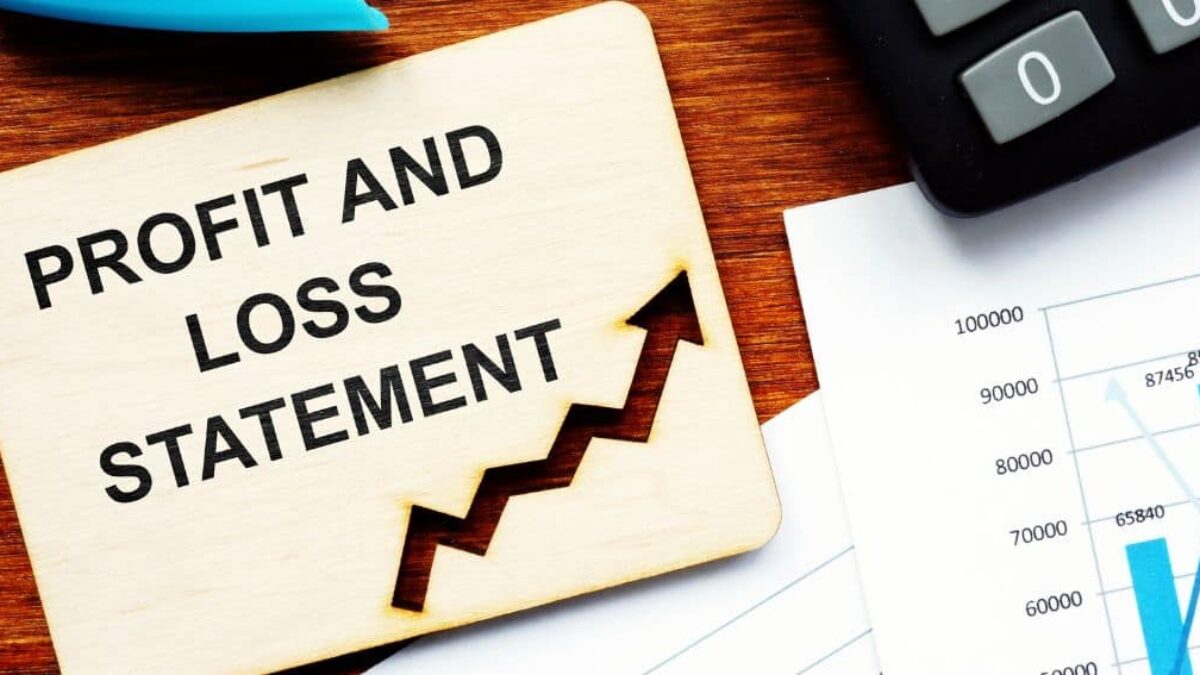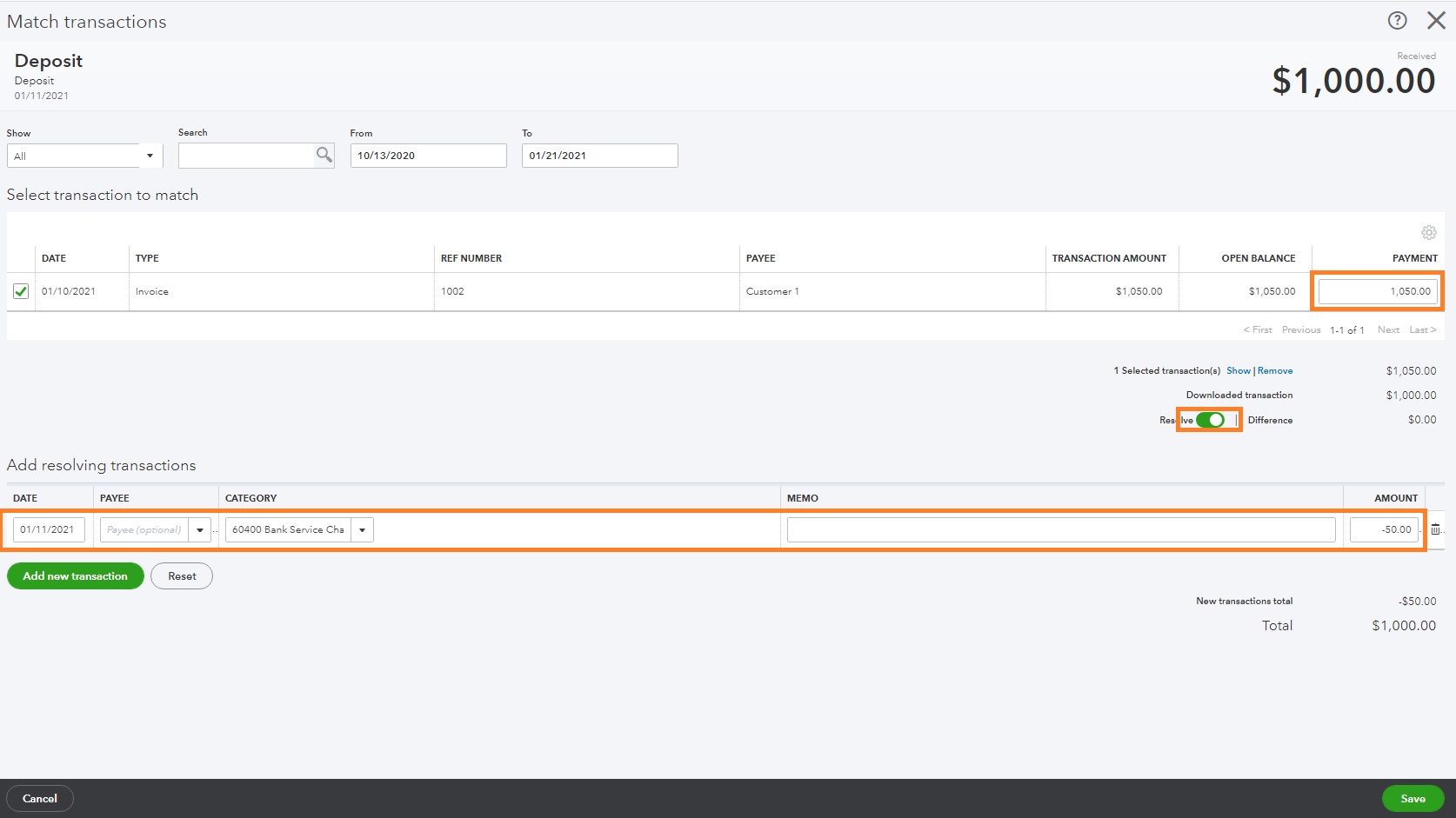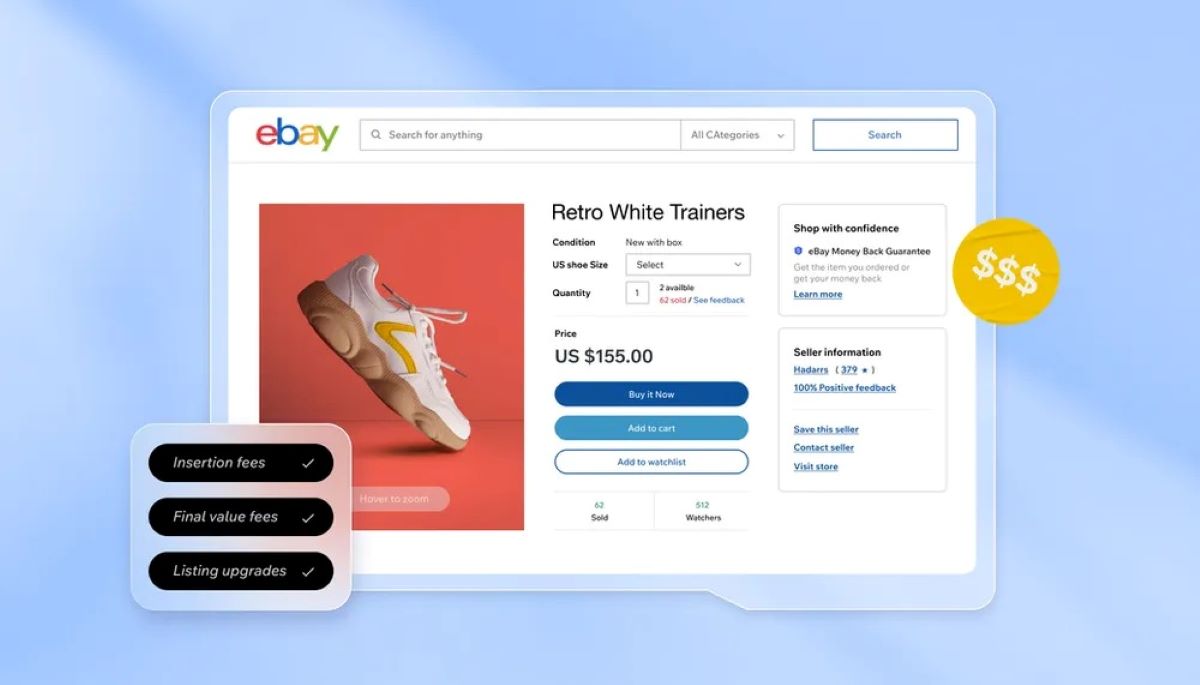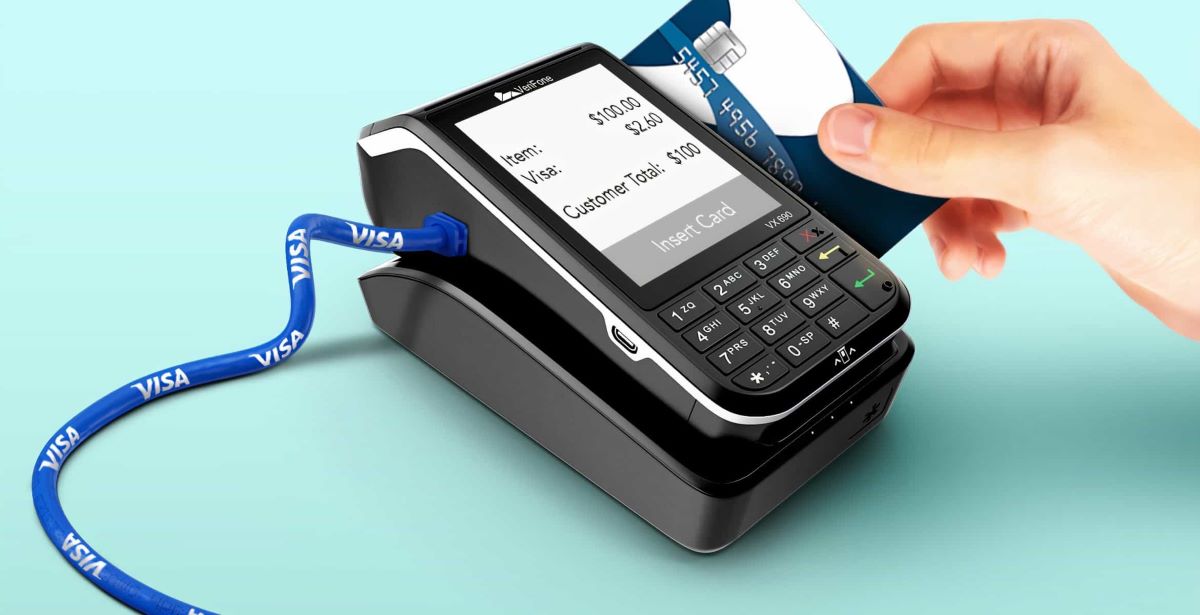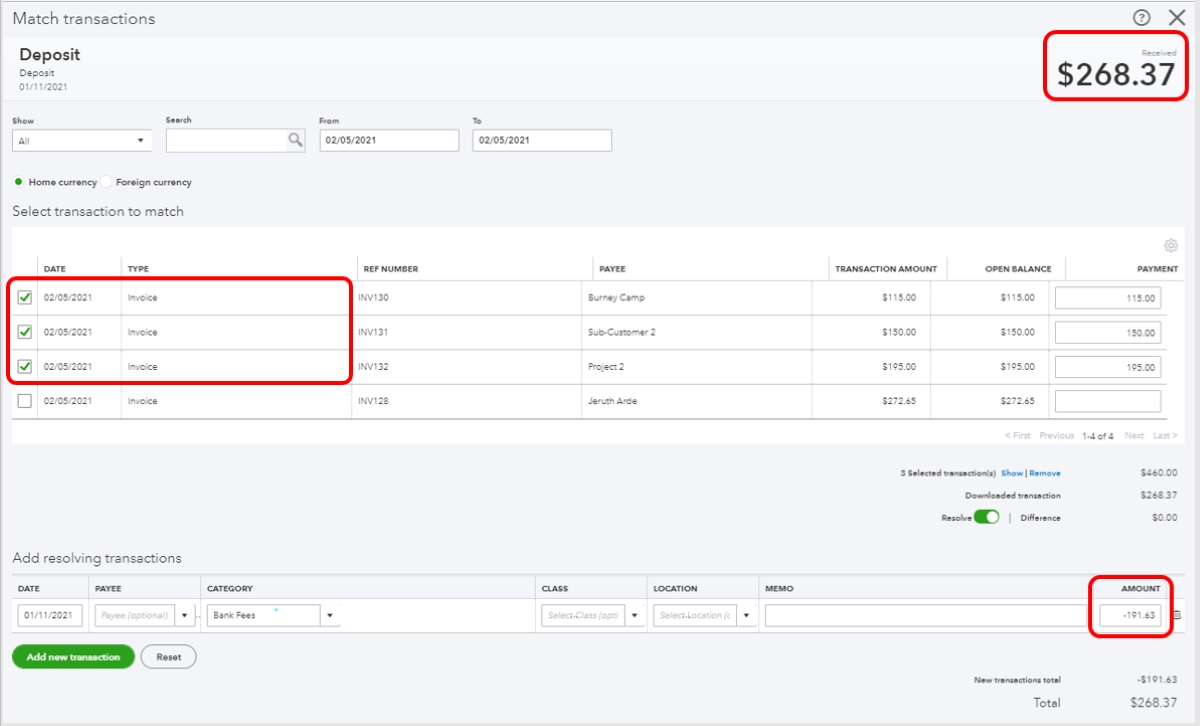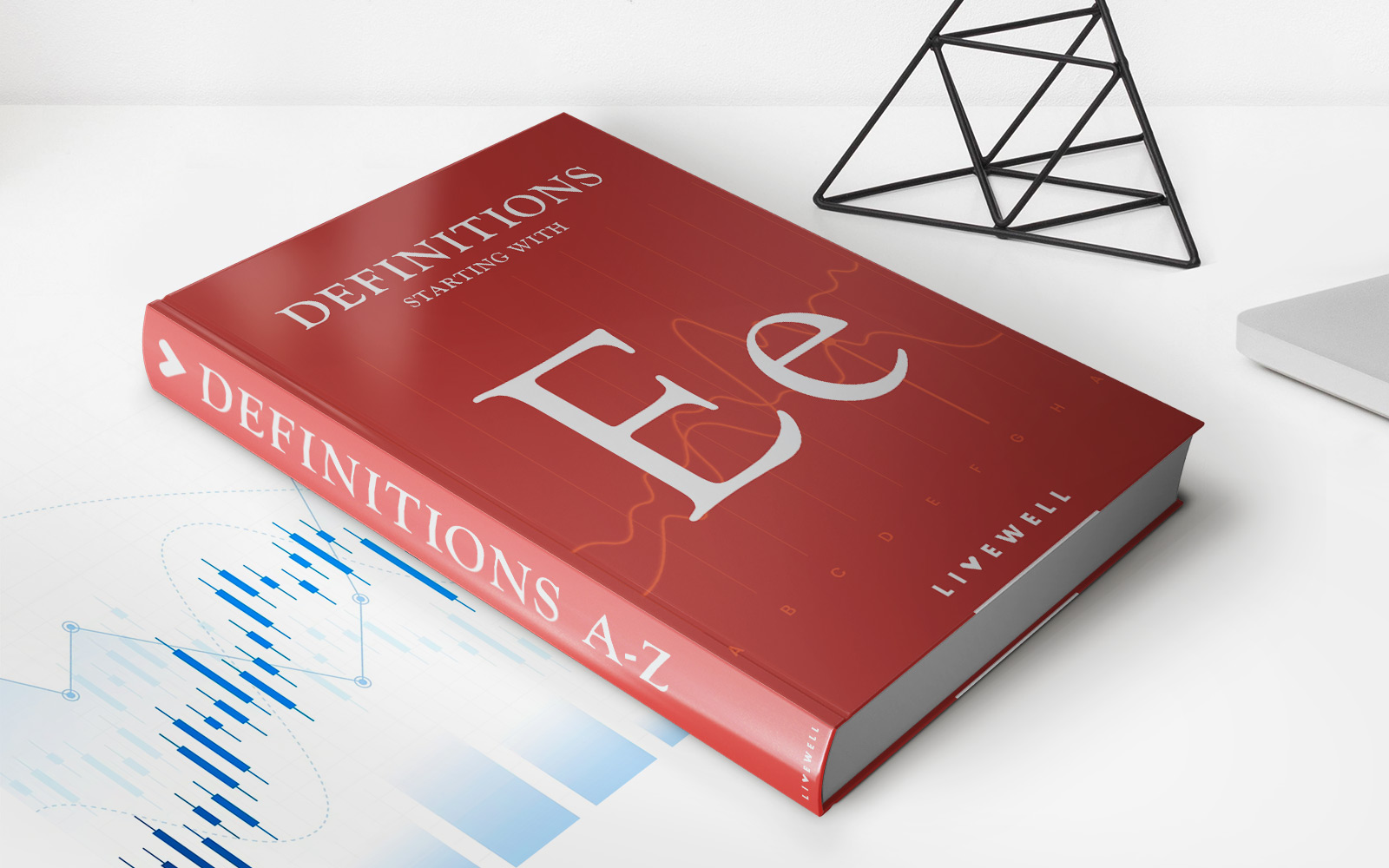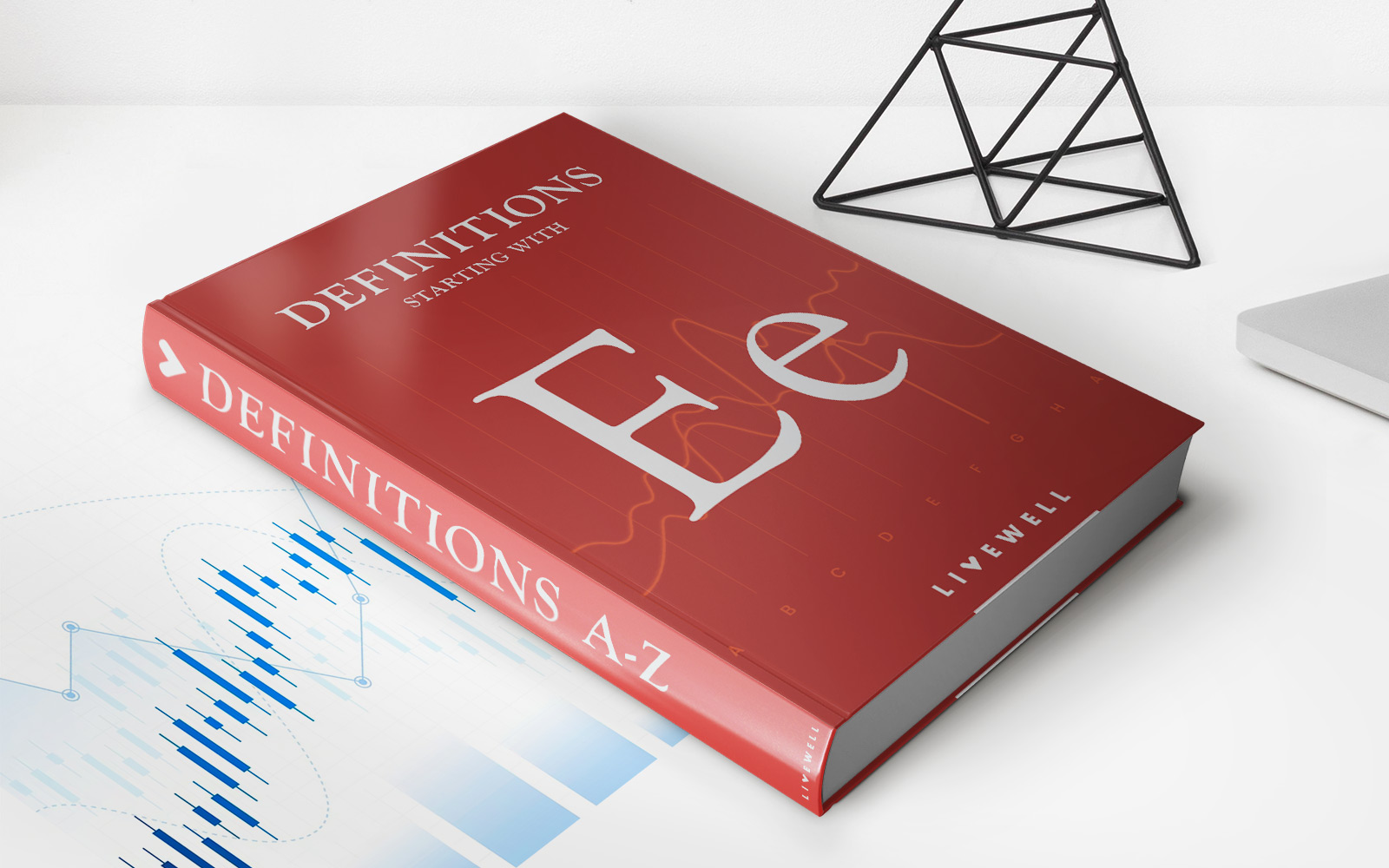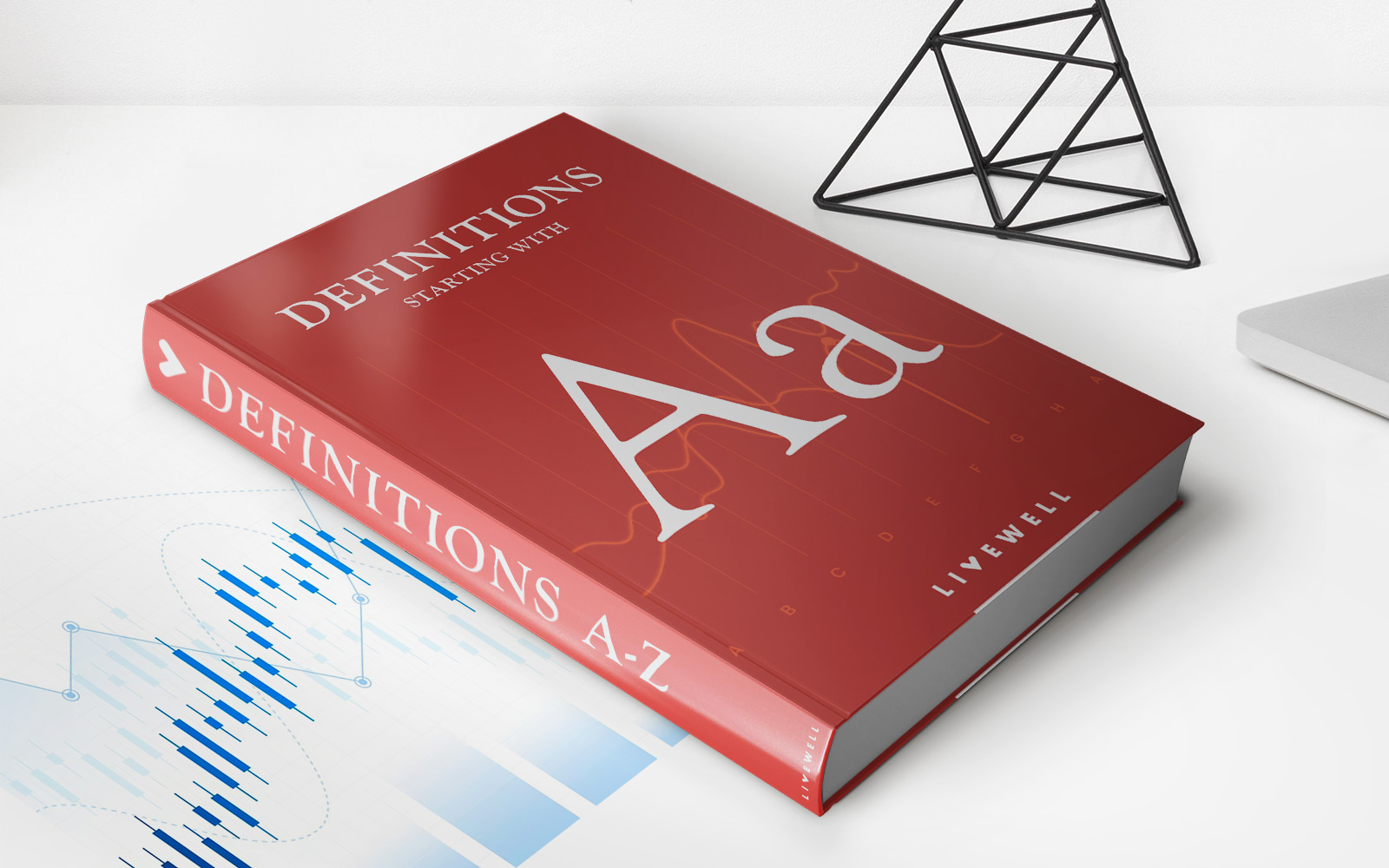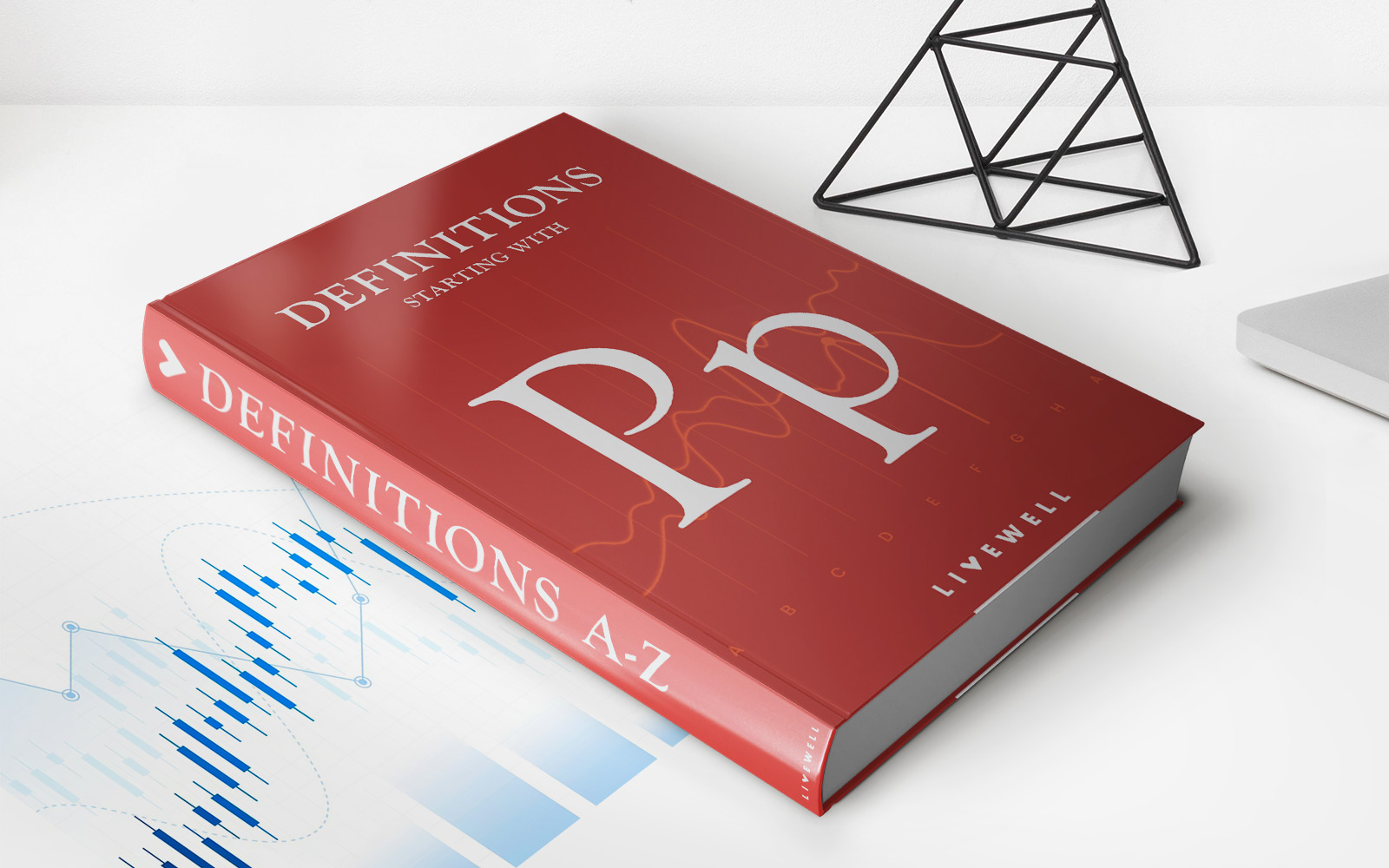Home>Finance>Merchant Discount Rate (MDR): Definition, Purpose, Average Fees
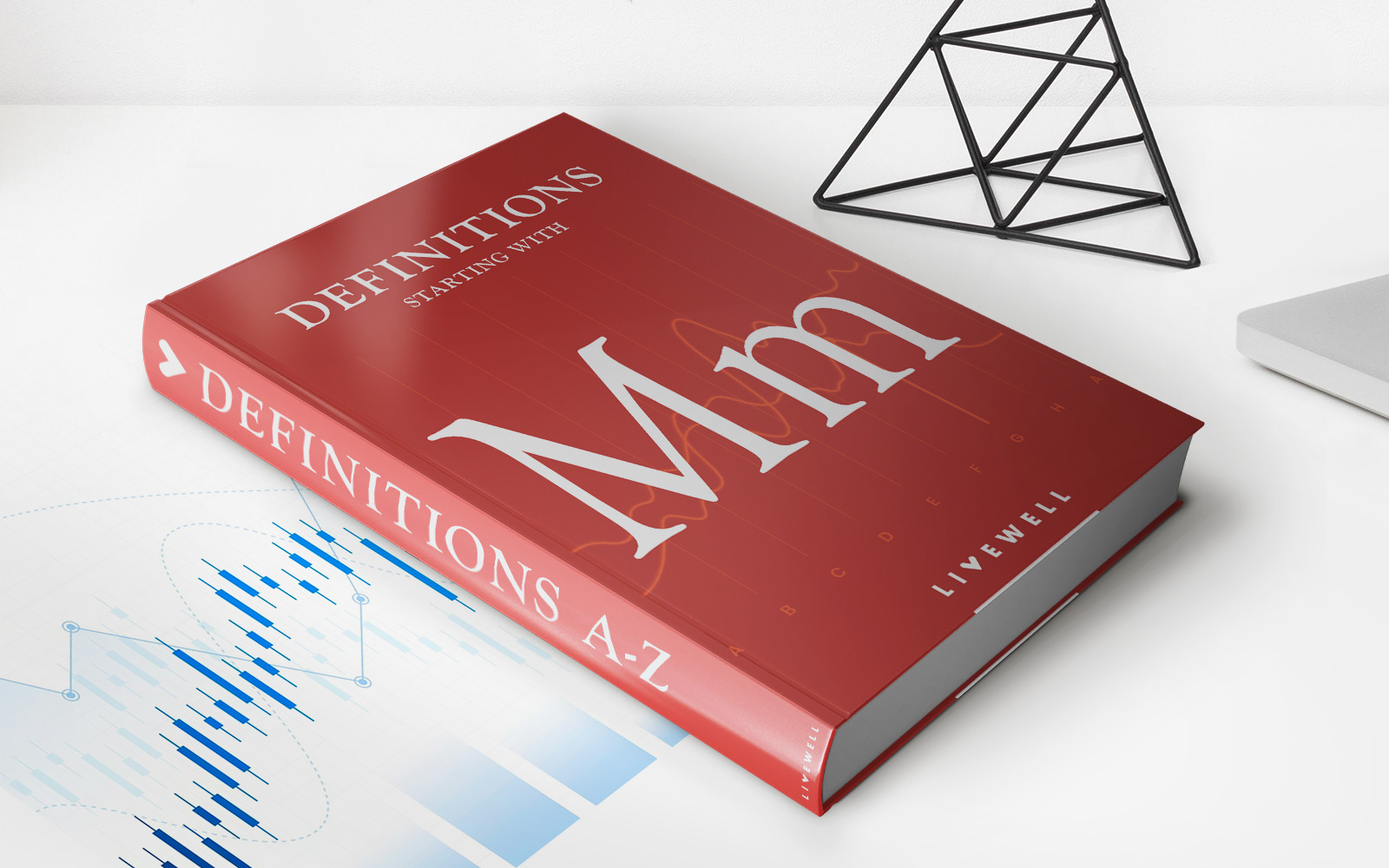

Finance
Merchant Discount Rate (MDR): Definition, Purpose, Average Fees
Published: December 24, 2023
Learn about the Merchant Discount Rate (MDR) in finance, its definition, purpose, and average fees. Understand how MDR affects transactions and payment processing.
(Many of the links in this article redirect to a specific reviewed product. Your purchase of these products through affiliate links helps to generate commission for LiveWell, at no extra cost. Learn more)
Understanding the Merchant Discount Rate (MDR)
When it comes to managing your finances, it’s essential to be familiar with various terms and concepts. One such term you may have come across is the Merchant Discount Rate (MDR). But what exactly does it mean, and how does it impact your financial transactions? In this blog post, we will dive deep into the world of MDR, its purpose, and how it affects average fees. So, let’s get started!
Key Takeaways:
- The Merchant Discount Rate (MDR) is the fee charged to merchants for processing debit and credit card transactions.
- MDR is crucial for payment service providers and plays a significant role in the overall financial ecosystem.
Defining the Merchant Discount Rate (MDR)
The Merchant Discount Rate, or MDR, is a fee that merchants pay to payment service providers for processing debit and credit card transactions. It is a percentage of the total transaction value and is usually deducted by the payment service provider before depositing the remaining amount into the merchant’s account.
The primary purpose of MDR is to cover the costs incurred by payment service providers, such as acquiring banks and card networks, for providing the necessary infrastructure and services to enable smooth electronic payment processing. These costs include transaction fees, settlement charges, and network charges.
So, how does MDR impact average fees?
MDR varies depending on several factors, such as the type of transaction, the method of payment, and the industry in which the merchant operates. On average, MDR can range from 1% to 3% of the transaction value. For example, if a merchant charges $100 for a product or service, and the MDR is 2%, the payment service provider will deduct $2 as the MDR fee, leaving the merchant with $98.
The Significance of Merchant Discount Rate (MDR)
The Merchant Discount Rate plays a crucial role in the financial ecosystem, benefiting both merchants and payment service providers. Here’s why:
- Revenue Generation: MDR contributes to the revenue stream for payment service providers, helping them cover costs and generate profits. It plays a vital role in sustaining and expanding the electronic payment infrastructure, which benefits all parties involved in digital transactions.
- Merchant Convenience: MDR facilitates the acceptance of debit and credit card payments by merchants, providing them with a convenient and secure mode of receiving payments. Without MDR, the costs of payment processing would fall solely on merchants, making it difficult for small businesses to accept electronic payments.
- Promotes Cashless Economy: With the increasing prevalence of electronic transactions, MDR encourages individuals and businesses to shift towards a cashless economy. By offering secure and convenient payment options, MDR promotes financial inclusion and helps drive economic growth.
In Conclusion
The Merchant Discount Rate (MDR) is a fee charged to merchants for processing debit and credit card transactions. It serves as a crucial component of the financial ecosystem, benefitting both merchants and payment service providers. While MDR varies depending on various factors, its purpose remains consistent—to cover the costs of payment processing infrastructure and facilitate secure electronic transactions. As we move towards a more digital economy, understanding MDR becomes increasingly important for businesses and individuals alike.
Now that you have a better understanding of MDR, you can navigate the world of financial transactions with confidence and make informed decisions about your payment options.

